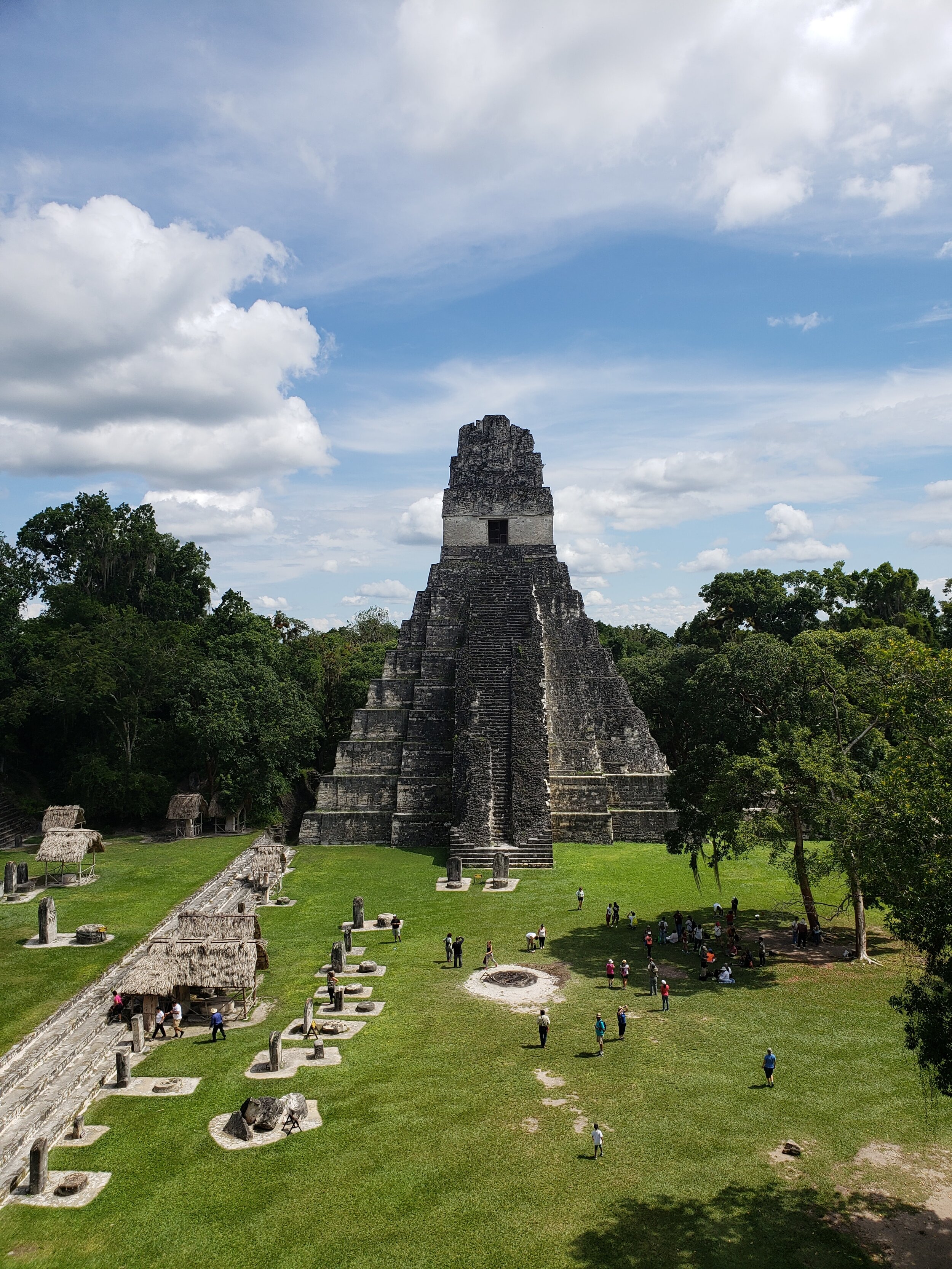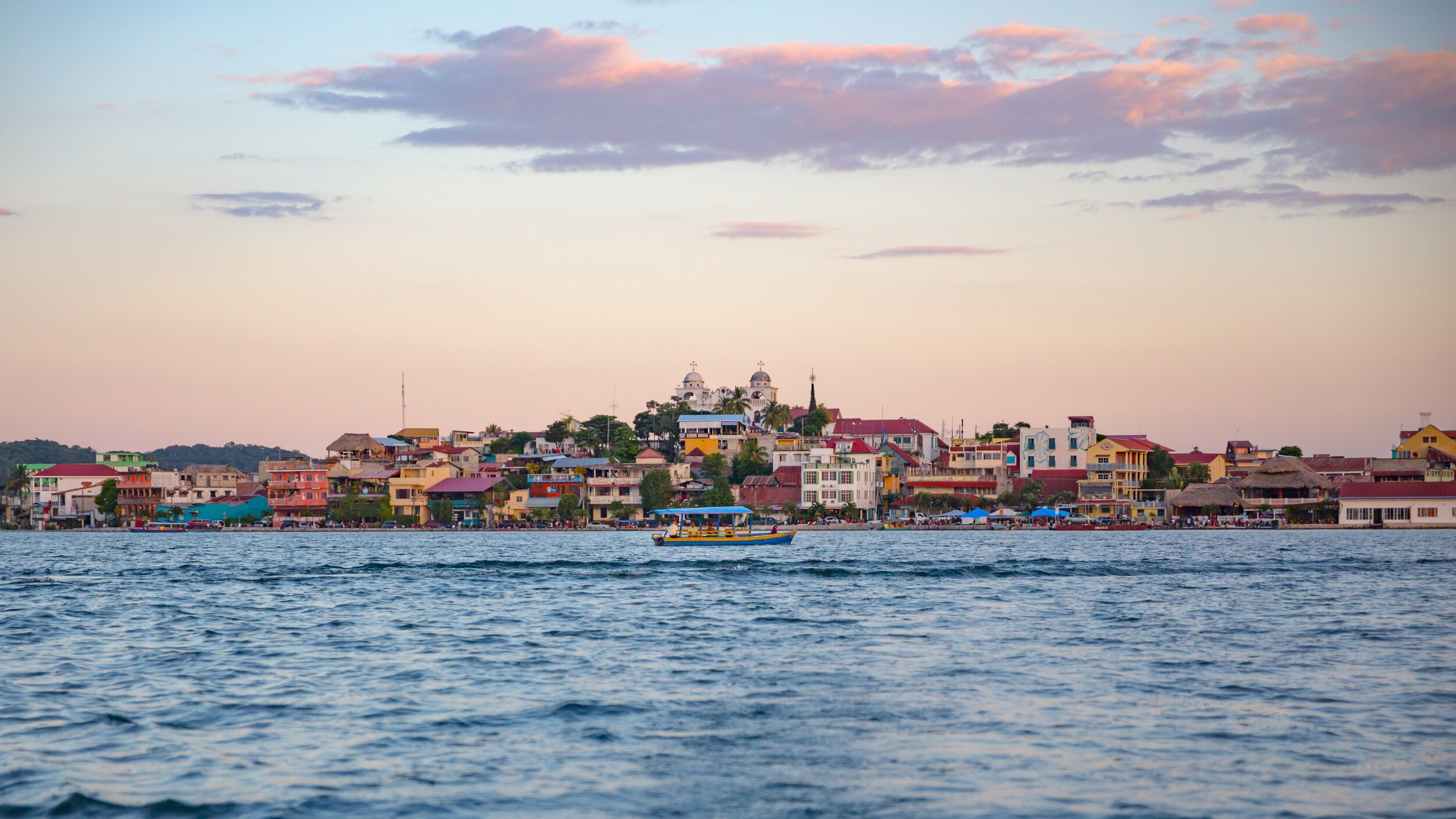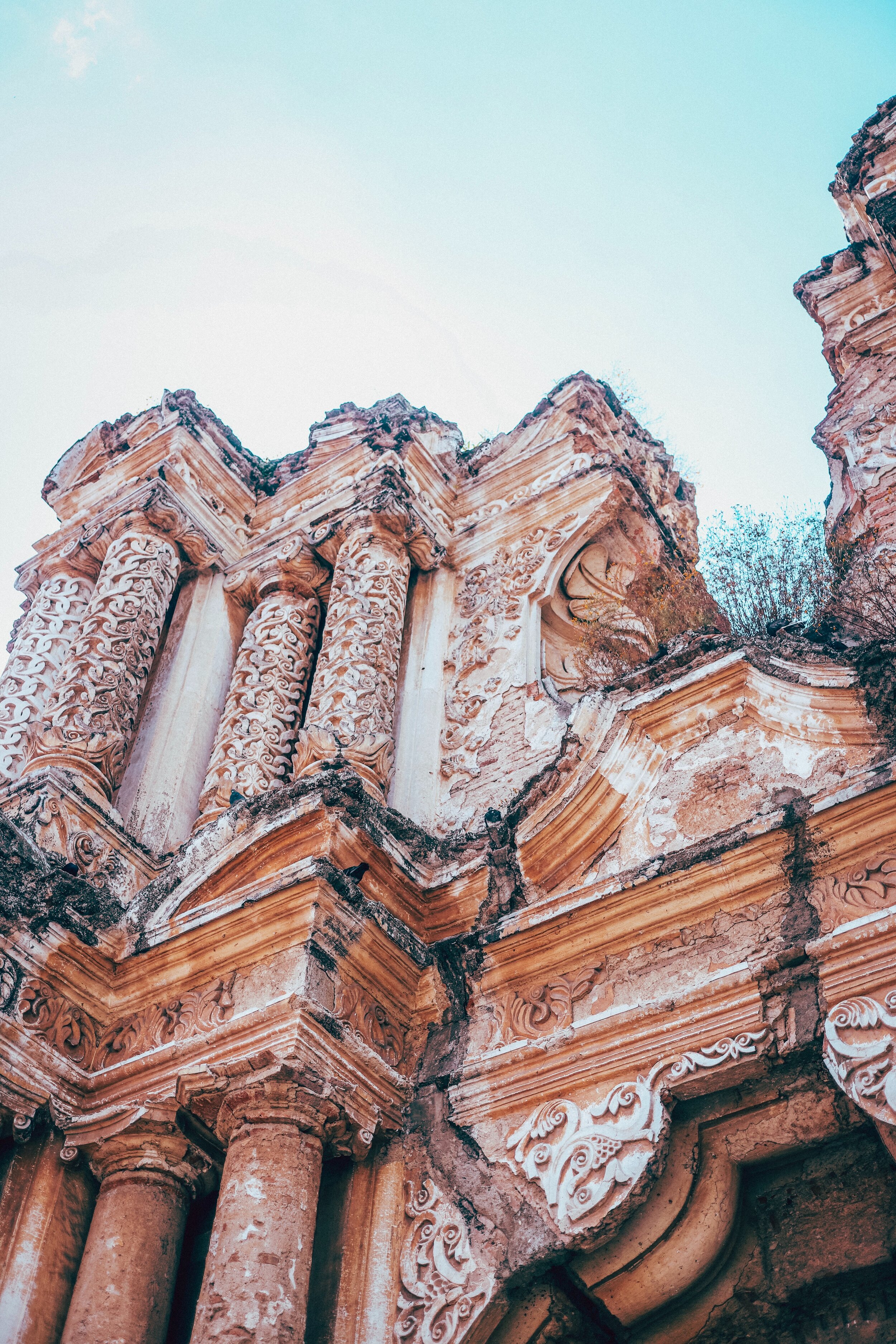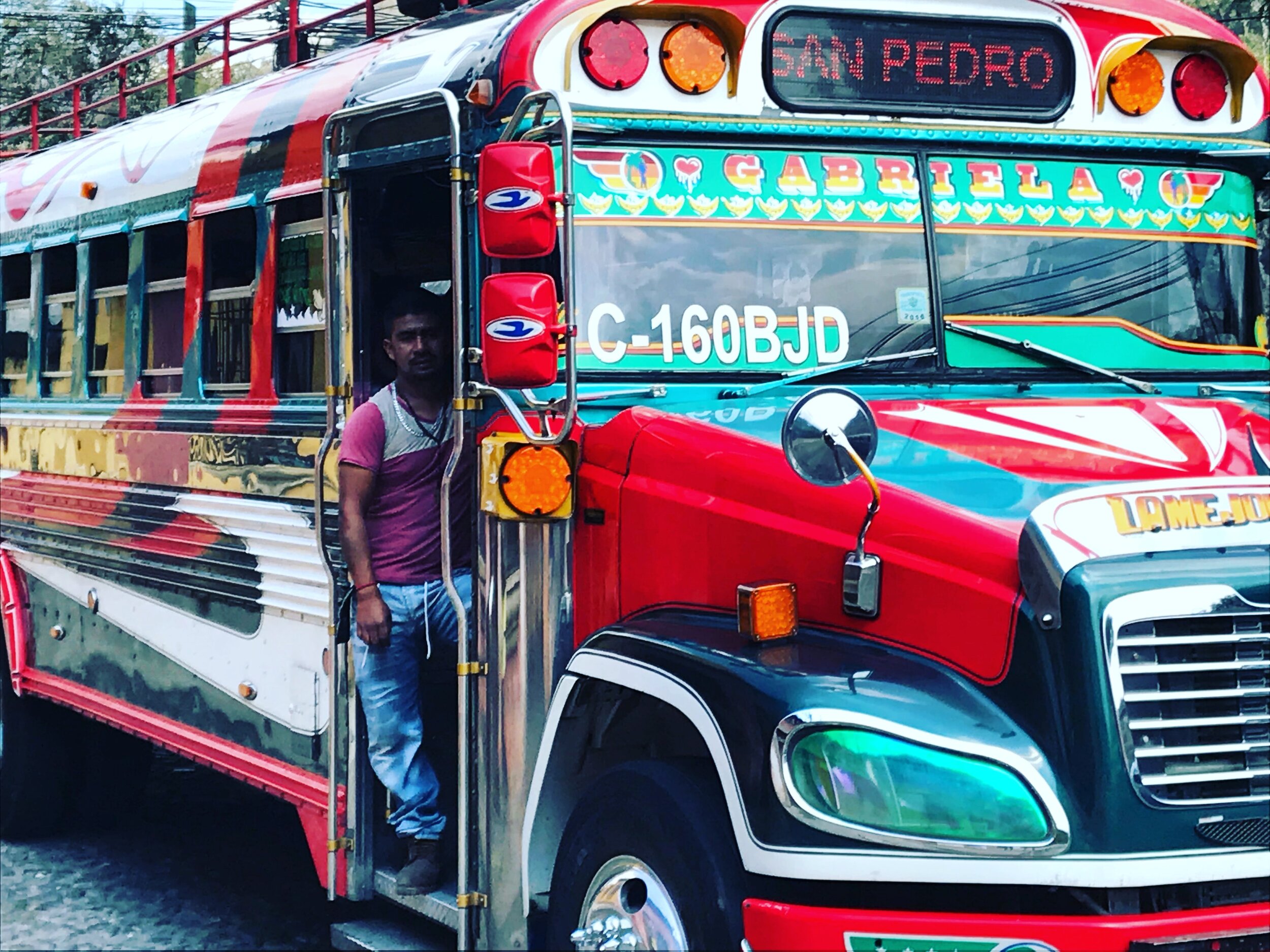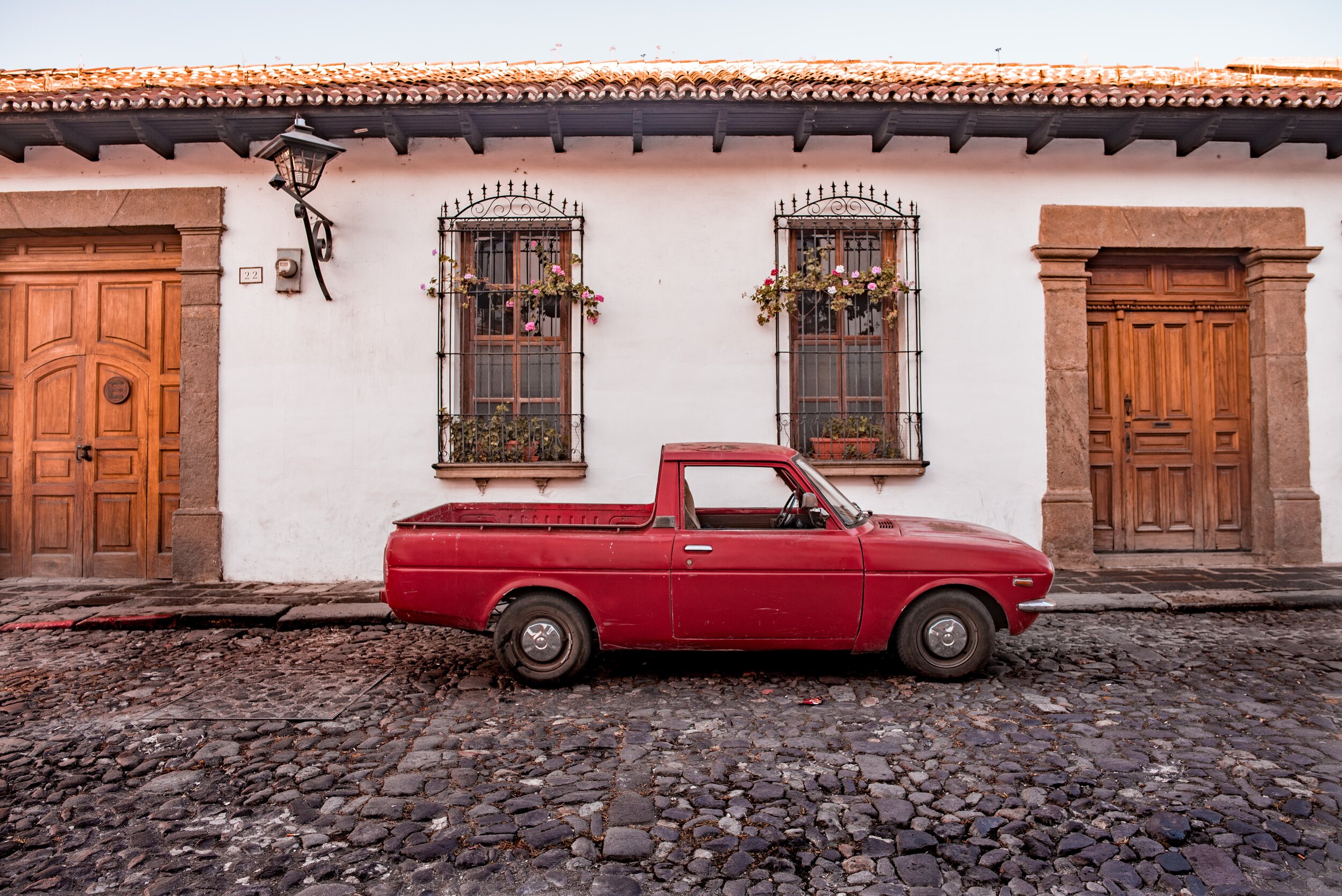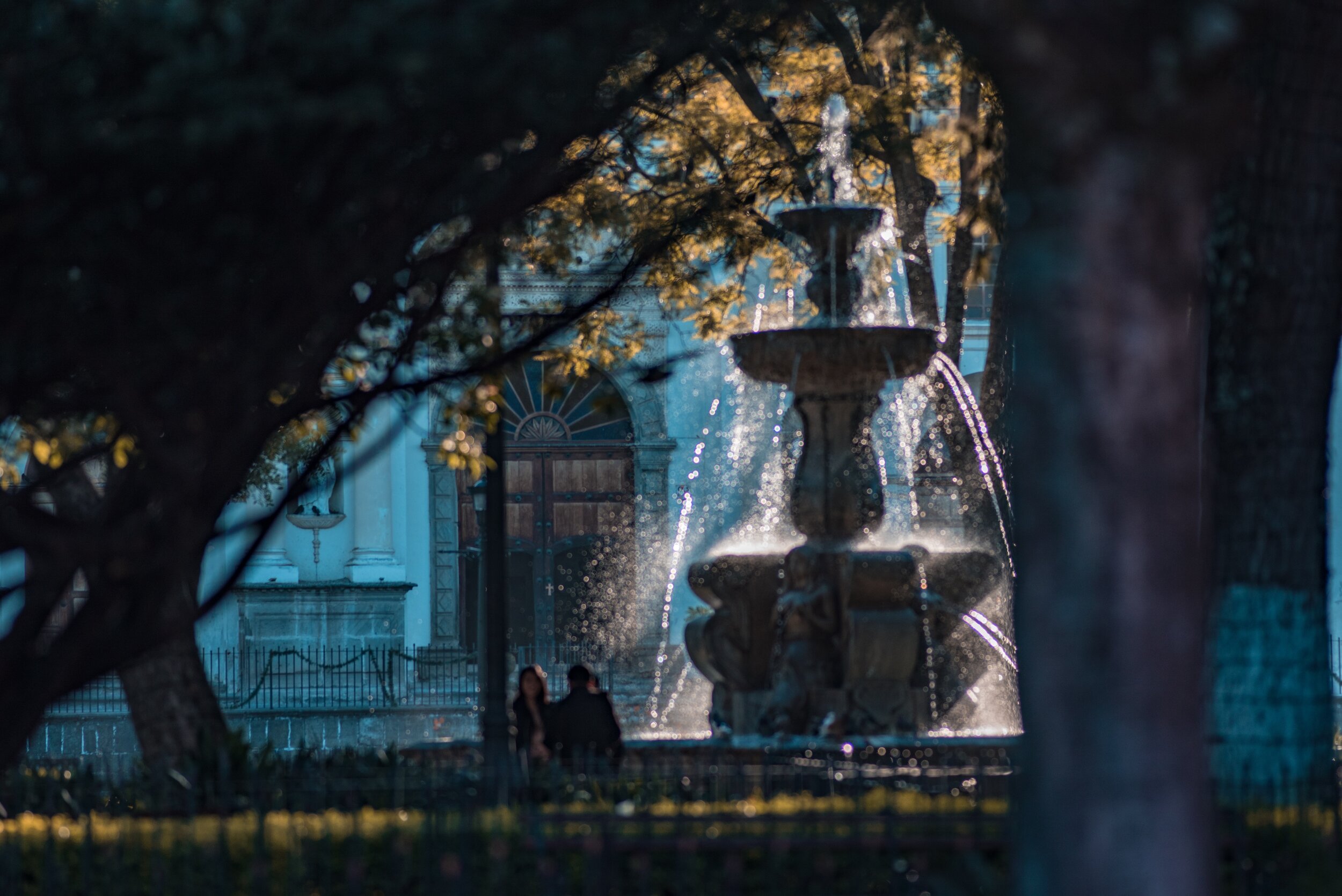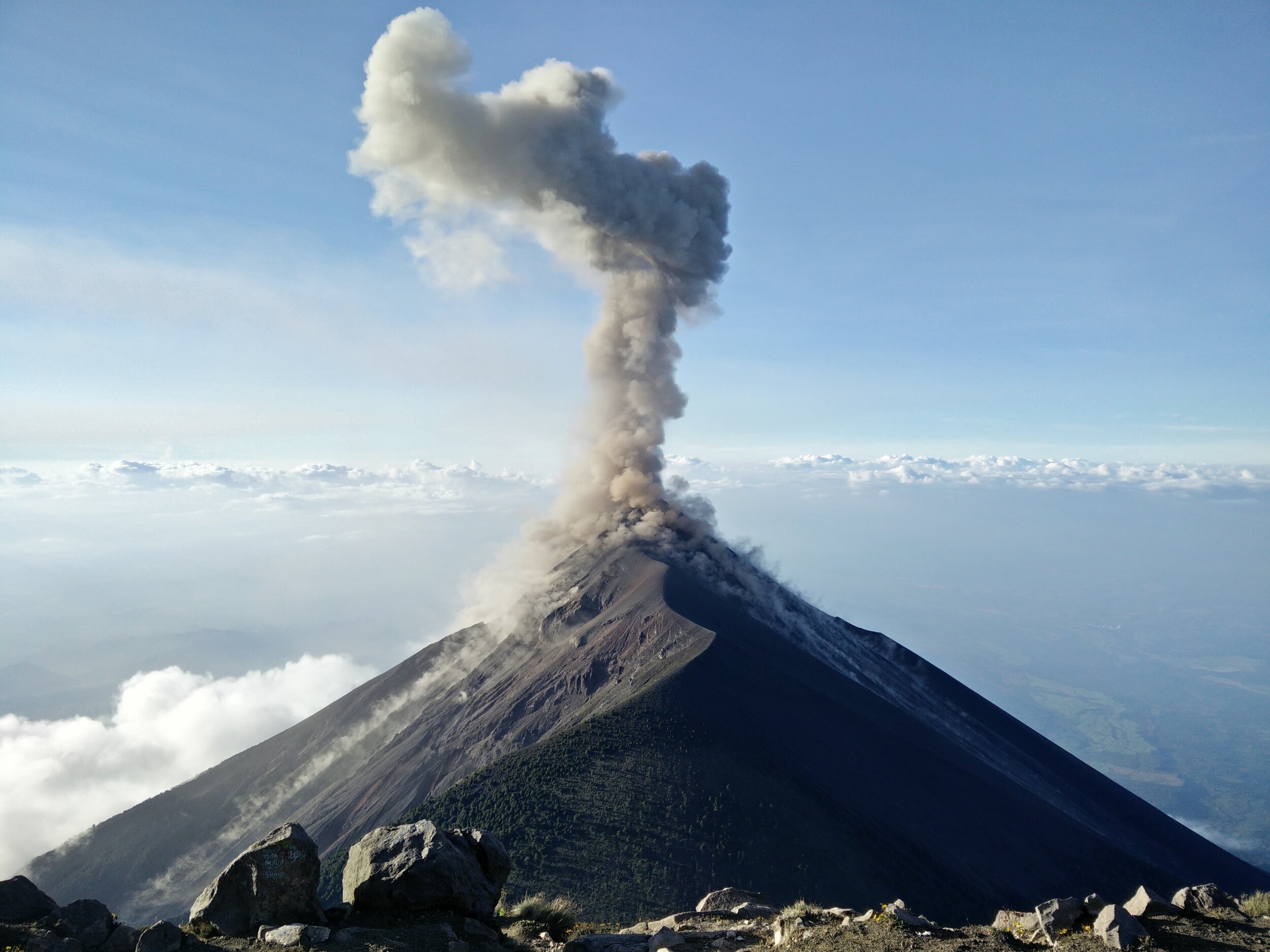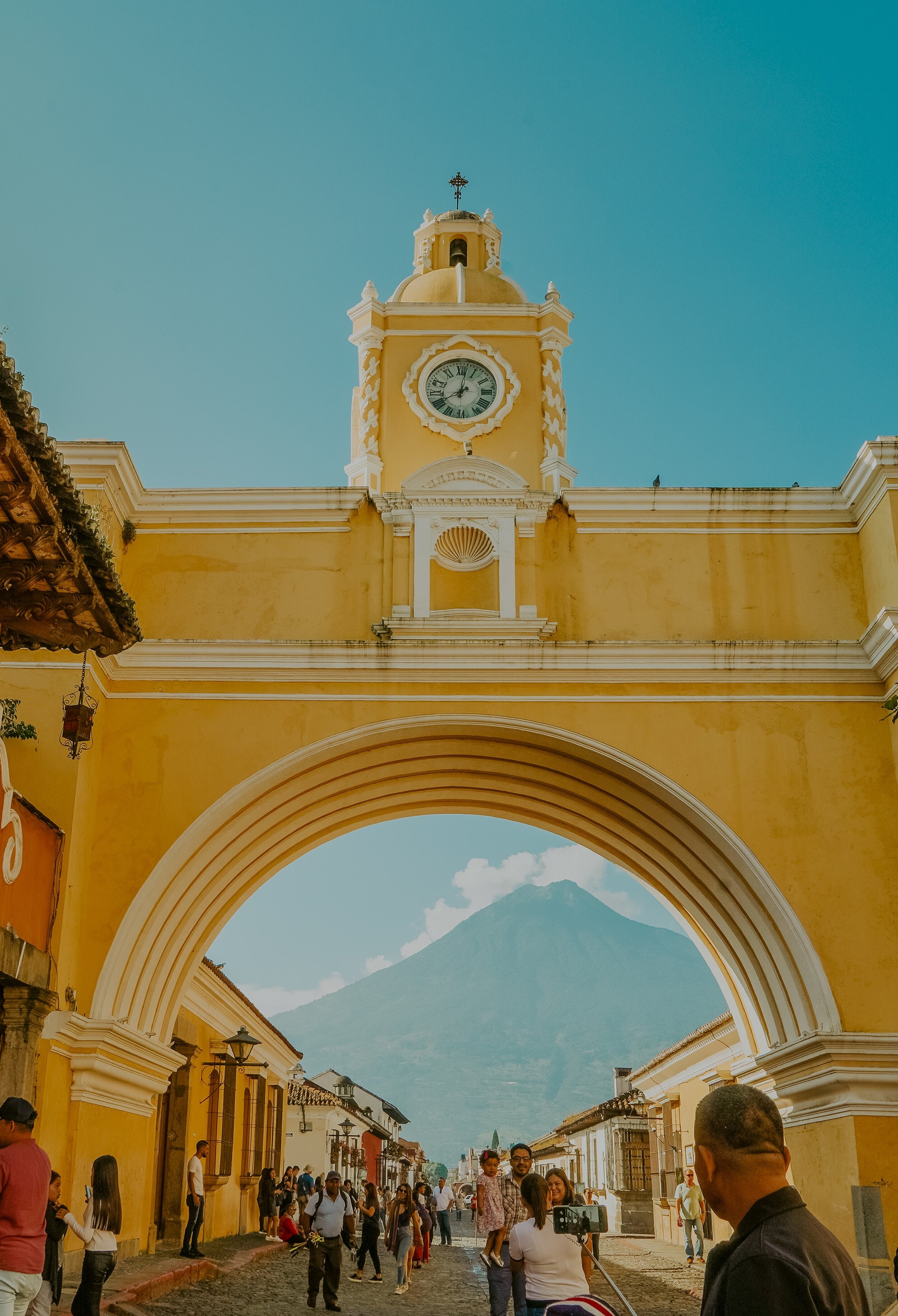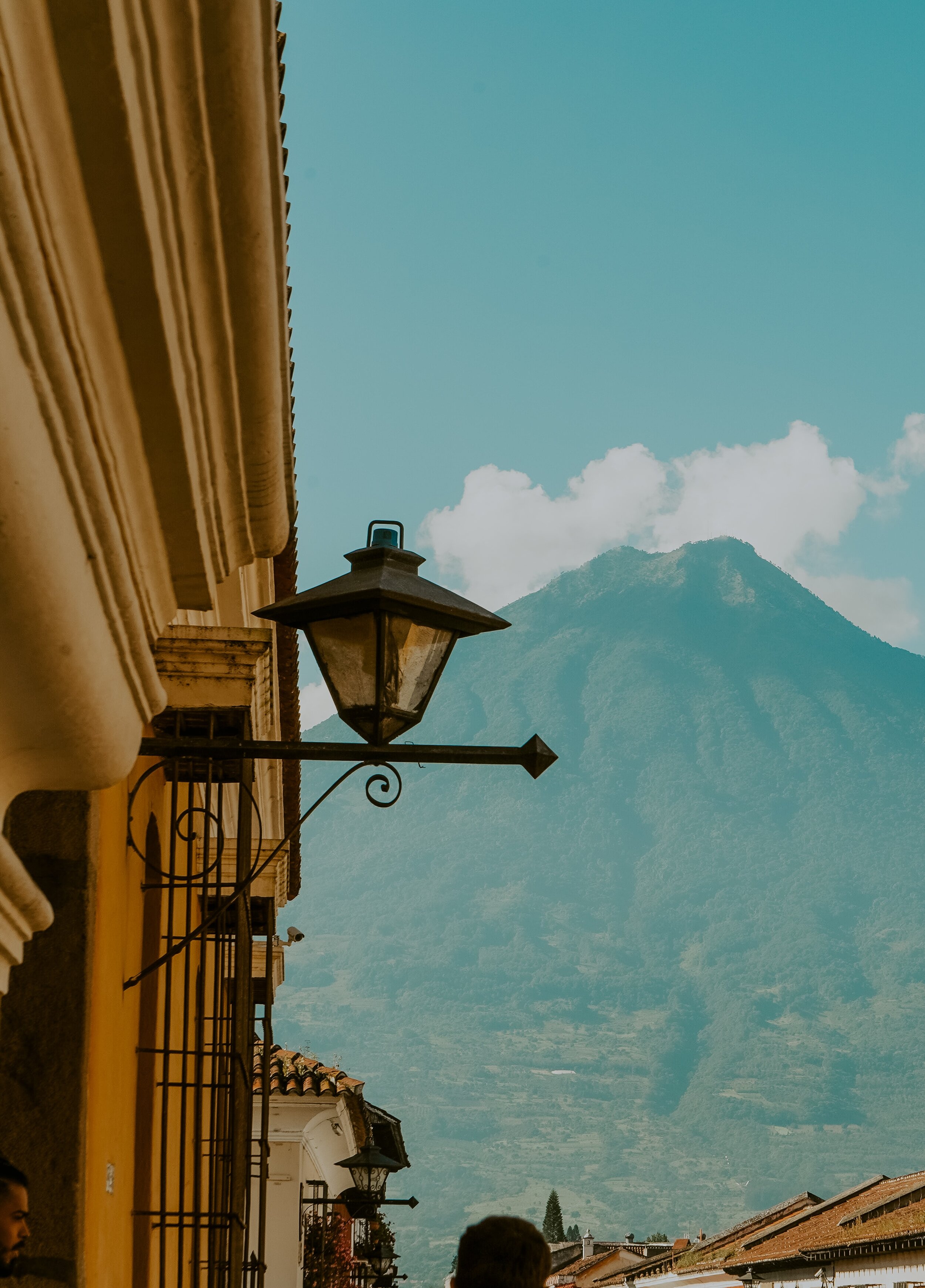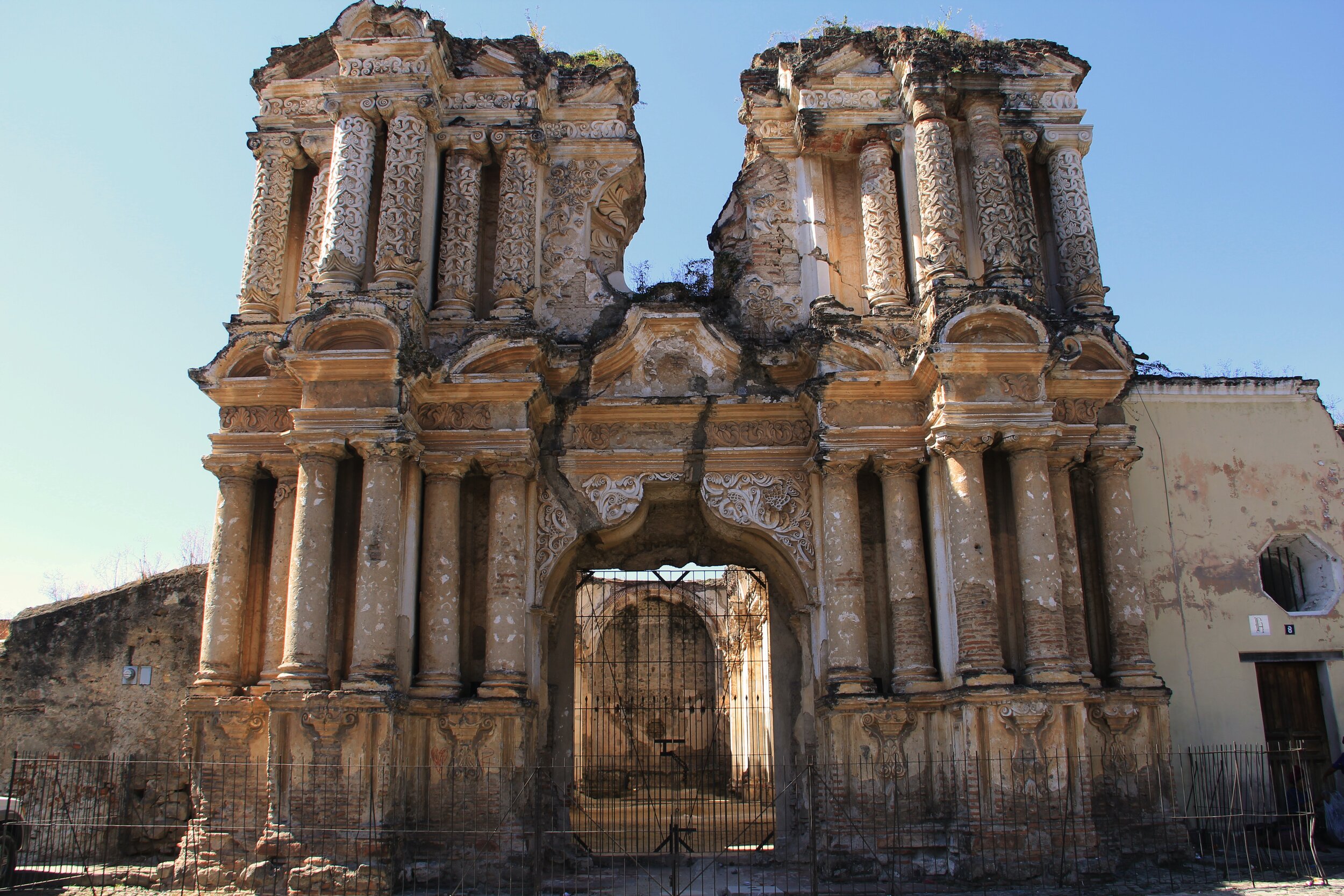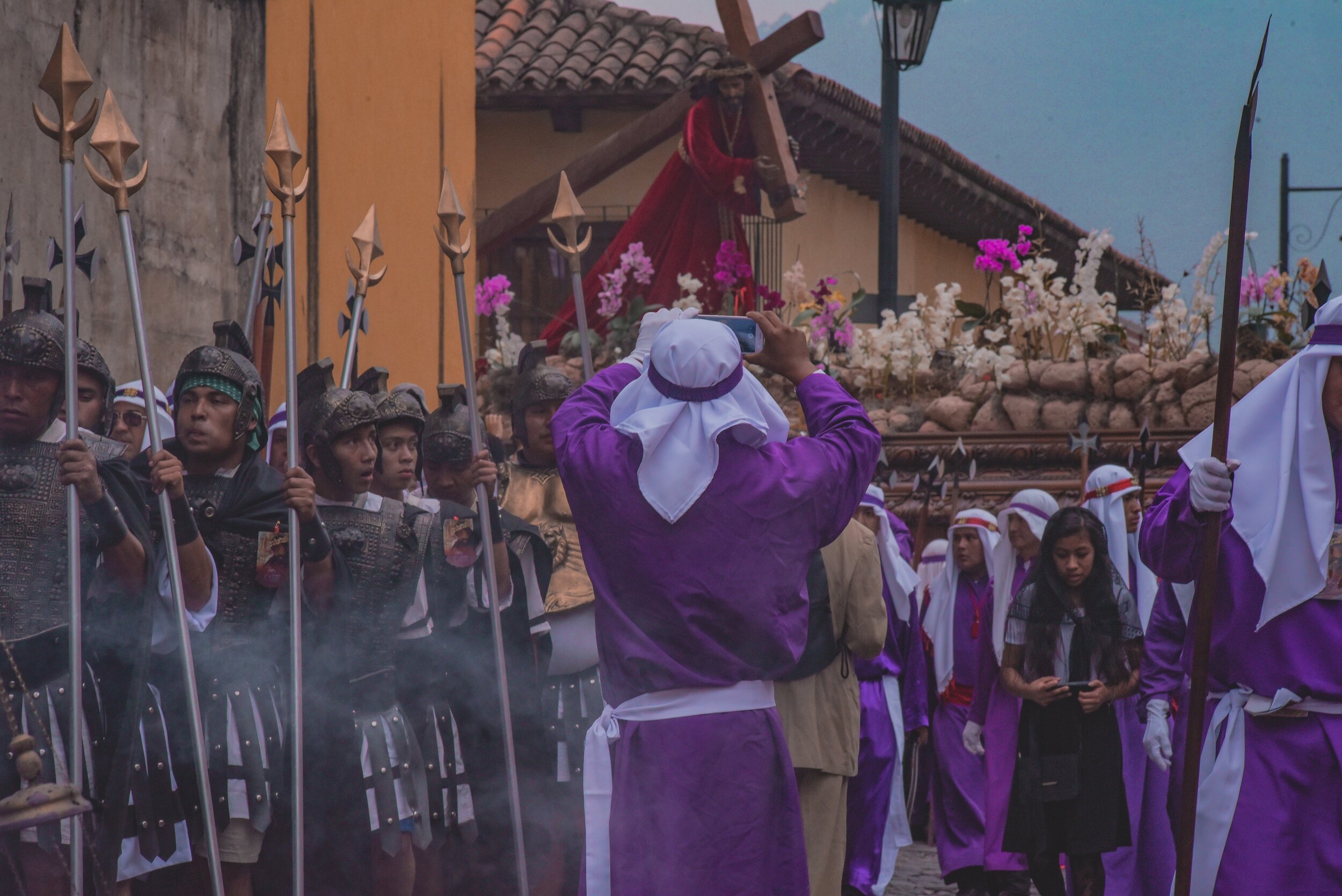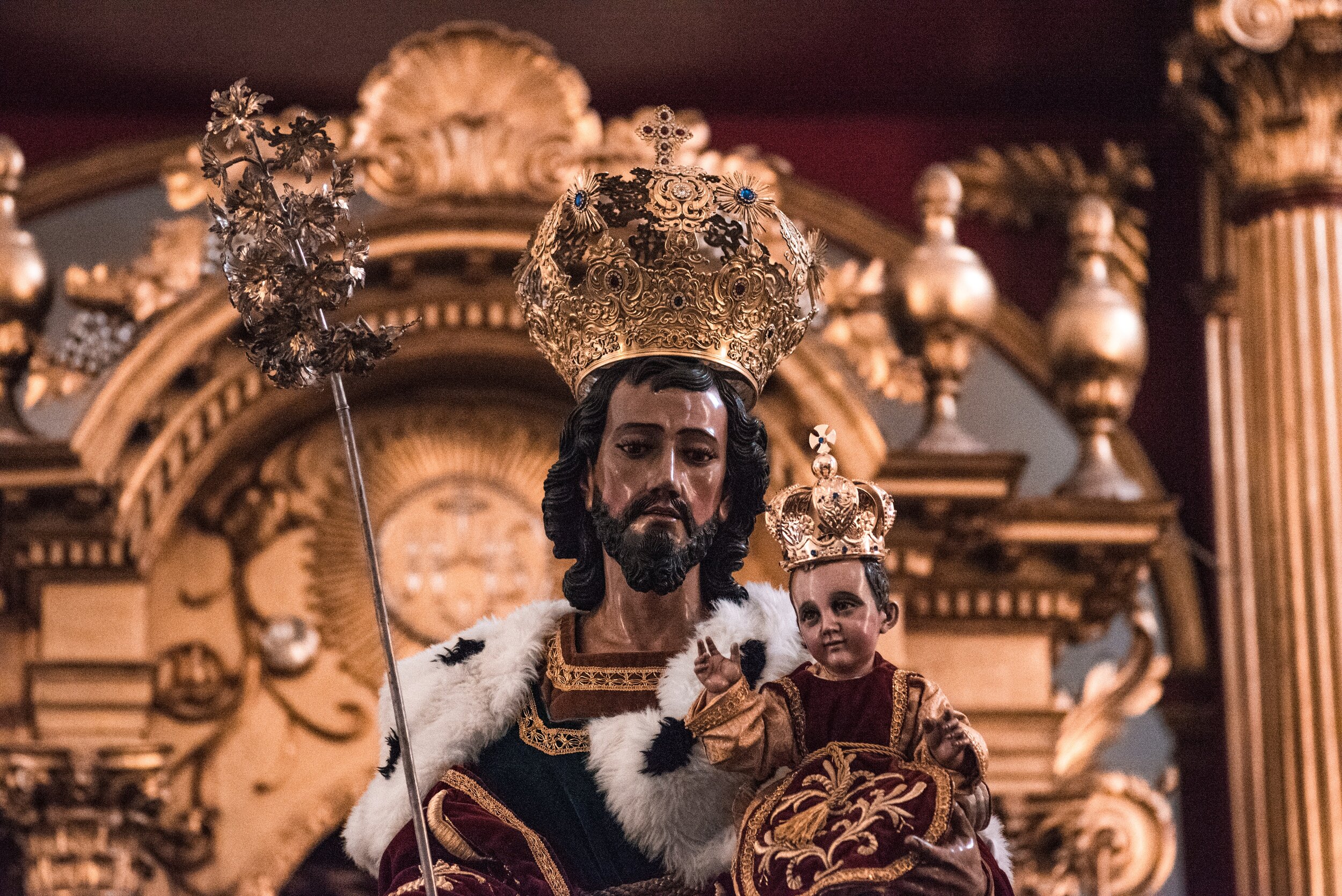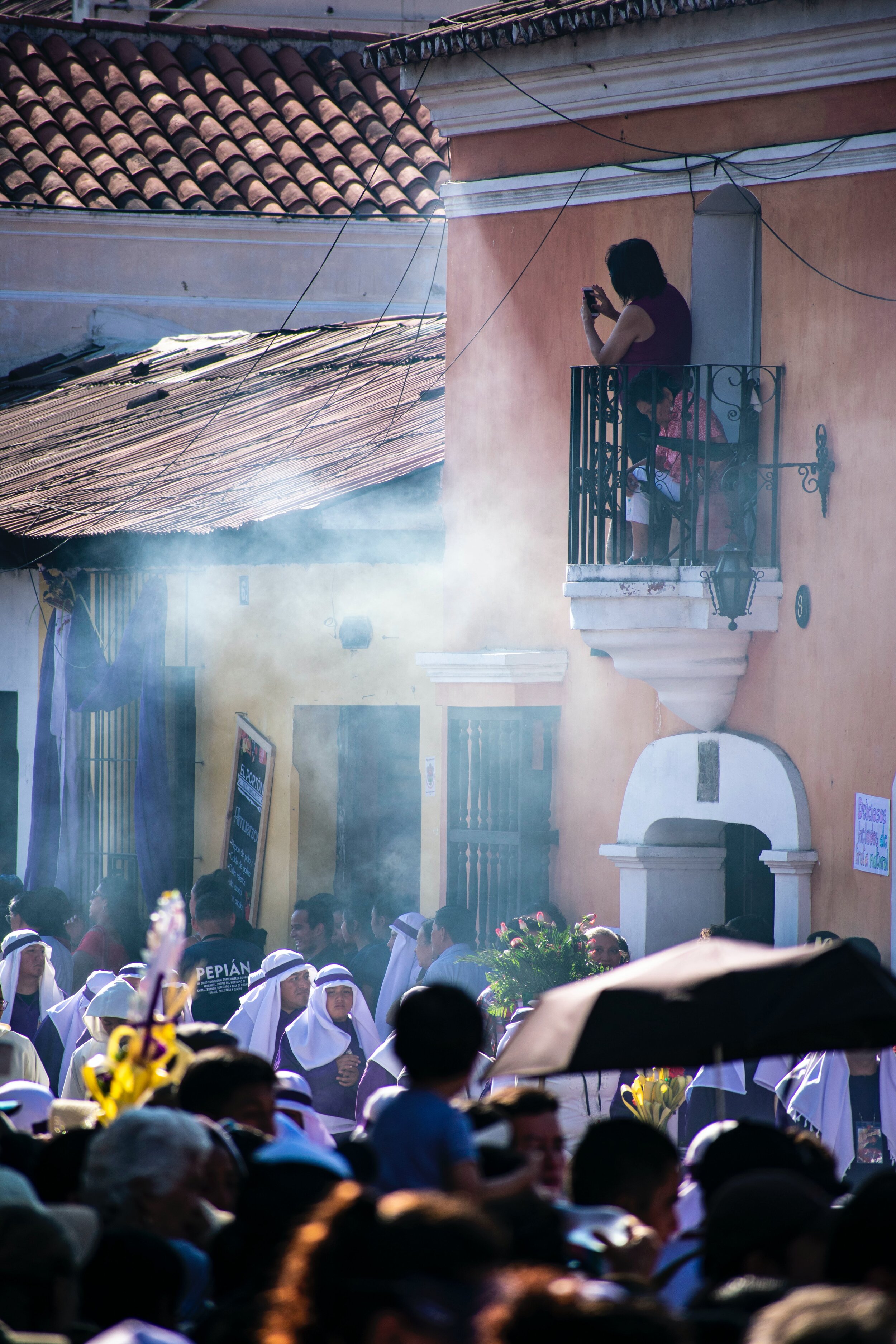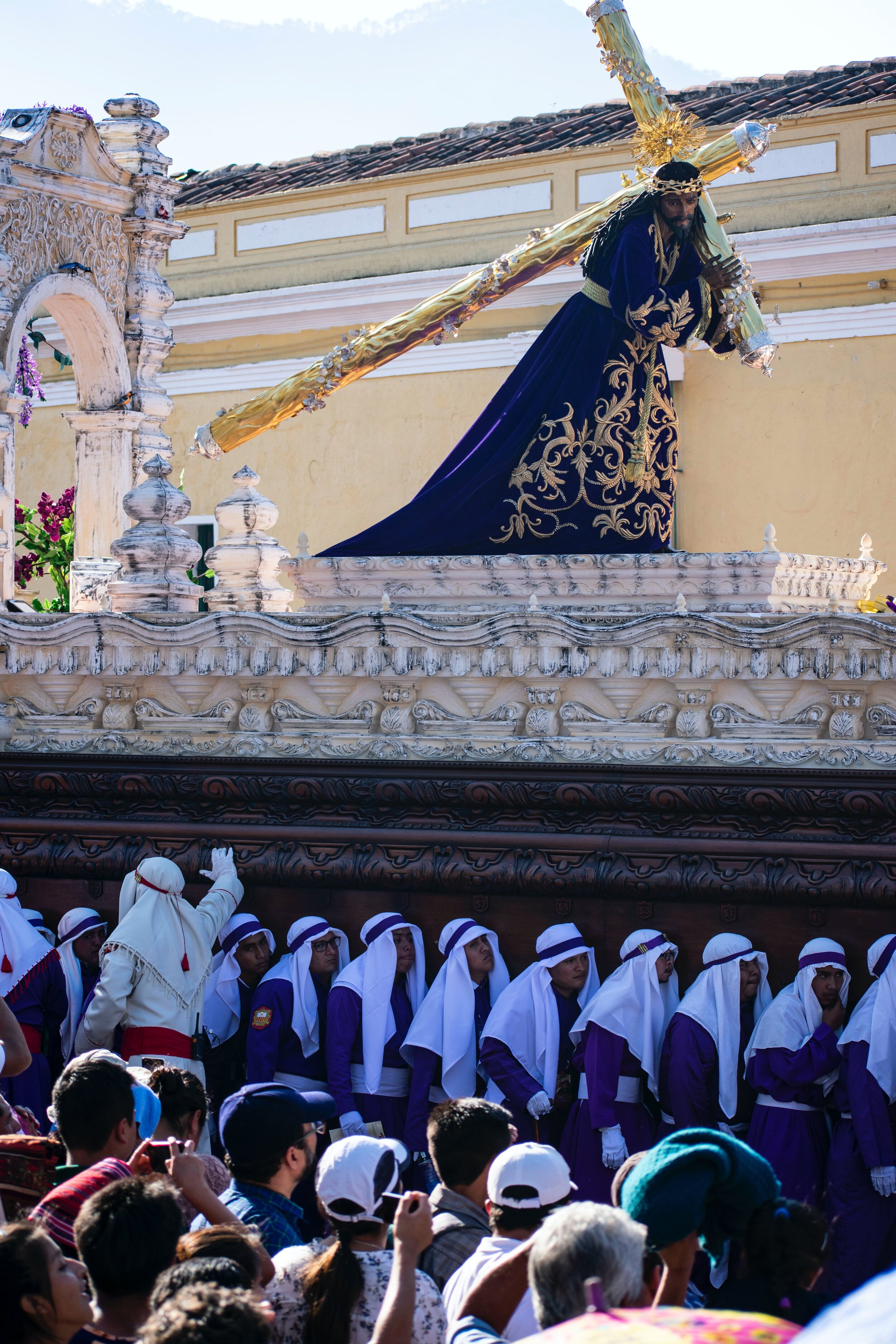LOVE THIS EPISODE?
Help the show! Head over to Apple podcasts to rate and review Adventure Calls.
Episode 21: Adventure ReCall | TAKEN down by Tikal - Part 1
Introduction
“Little pink tablets. You know, the kind you can chew my stomach. It's killing me.”
I speak plenty of Spanish for this woman to understand me, but I can't seem to make myself clear. I'm exhausted, dehydrated. And there's a thick fog of incense filling the air between us. She looks at me with a blank, apathetic stare Pepto bismol I go for the brand name. Maybe it's the same brand here. You know, Pepto bismol?
I try it in a Spanish accent. “Pepto bismol?”
“Ay, si! Pepto.”
She understands me.
“Si, si! Pepto Pepto Bismol,” I say. “Yes! Estamos muy enfermas,” we are very sick, I tell her. If I give you money, would you please help us by going to the pharmacy and getting some Pepto Bismol.
“Ay, no.” She says, “Everything's closed. It's Semana Santa, plus I can't leave the front desk.”
I am absolutely crushed. It has taken every ounce of energy to get the receptionist to understand me, and the pharmacies aren't even open. I guess it makes sense. It is Semana Santa, and I am in the most popular place in the Western Hemisphere to experience it. I don't know what I was expecting. But I should have known it wasn't going to be business as usual.
As usual, I have leapt before I looked, depending entirely on my ability to figure it all out as I go. I'm a 20-year-old junior in college on an extended study abroad experience in Costa Rica. I was meant to only stay one semester and returned to my college in the States. But this whole experience is just too life changing, too epic to just wrap up after four months. Luckily, my best friend Tracy, also a part of the study abroad program, couldn't imagine going back either. So we called our parents mine in Illinois, hers in Arkansas, and tell them all the reasons we want to stay.
They buy it! And so we both took a semester off from our universities to keep living with our host families in the city of Heredia in Costa Rica’s Central Valley.
Studying abroad changed the course of my life. If I hadn't loved every minute of that semester, I wouldn't have extended and if I hadn't extended wouldn't have signed up for advanced Spanish lessons at a language school in San Jose. Had I not signed up there. I wouldn't have met my beautiful teacher Juan Jose, a Guatemalan who recommended this trip to his home country to me. And this trip is about to change my future more than I can even understand.
Visiting the Mayan Ruins of Tikal
Tracy and I booked a hotel last bit, we can only get a room any room for three days and it was the old colonial capital of Guatemala is a small city of less than 50,000 people. That surges to almost 1 million visitors during this one week. We were lucky to get a room at all. So in order to make the most of the trip, we decided to spend the first three days in the Mayan ruins of Tikal, in northern Guatemala. Tracy and I hop aboard a long haul bus and travel for three days and two nights up the Pan American highway through the northwest of Costa Rica, crossing the land border to Nicaragua, rolling into El Salvador, and finally into Guatemala early on the third morning.
Hour by hour, day after day, we pass hundreds of roadside palapas or shacks with roofs made of palm leaves, out of which stout women with long braids hop on to are still moving bucks to offer us fruits and sandwiches, cookies and soda. As we roll through the outskirts of their towns.
We pass an endless chain of volcanoes and mountains all along the highway. This road leads all the way up through Mexico, California, Oregon and Washington. The entire way we are clearly rolling north, above a line where two tectonic plates constantly collide to create volcanoes and mountains. Each night we stopped at a hotel in a capital city - first Managua, Nicaragua, down in San Salvador, the capital of El Salvador. Tracey and I play cards, drink local beers and sample a variety of local chips. During the day, we mostly eat things with beans and cheese. And someone is always selling us banana bread.
Early on that third morning, we leave San Salvador get to the border. disembark into the morning twilight for passport control, and I get my first visa stamp for Guatemala. Back on board. Passengers are all abuzz now wide awake, ready to get to Guatemala City. We change buses at the bus station there and continue up to Florida's the small peninsula town just outside of Chico. Where are hospitals located? This is one of those buildings that while technically finished, it's just cinder block on cinder block on cinder block with cinder blocks still lying in piles on the side of the building that will sit there for years. inside the room, you get vinyl tile floors and exposed cinderblock walls with a metal door and a lock that echoes when you leave for the day. Truth be told, the beds are relatively comfortable. There's a small balcony and there's a private bathroom with an electric shower head for warm water. And although there's a squeaky aluminum door to the bathroom, this $10 a night room is actually all we need in feels kind of luxurious for a Central American backpacker.
The next morning, we head to Tikal bright and early. Tracy and I are so obsessed with seeming ‘legit’ is, that we don’t hire a guide. We just get to the site around sunrise, buy tickets and spend the day wandering around inside. This means we miss a lot of information about Tikal.
Tikal is an ancient Mayan temple complex in the rain forests of Northern Guatemala. It's a complex meaning it's not just one temple but several over a massive area of jungle. It was probably built in the first century AD, but it's really known to have flourished between the years of 208 50 ad then no one knows why it was abandoned. No one knows when either. The temples and ruins are unbelievably sophisticated. The temple called Temple IV is the first skyscraper of the Americas - the tallest pre-Colombian structure in the hemisphere before the Spanish arrived.
Now, we came for the mystical Mayan ruin vibe, but it was the animals that take us by surprise. Here we see toucans, wild turkeys, and howler monkeys in the trees as we trek across the forest floor in quiet spaces between temples. That's how we spend the day: we climb a ruin, see a parrot, climb another ruin, see monkeys. And there are relatively few tourists that morning, so we have a lot of the day to ourselves.
The sun shines through the treetops, it's so quiet, we land our backs on the stone, and I drift off to sleep. We both do. Until the sounds of gentle breeze and bird calls become the sounds of scuttling feet on the leafy forest floor. My eyes pop open, and I nearly fall off the stone. As I sit up to see dozens of long bushy tails up in the air now scampering away from me in a group. They look like a bunch of raccoons or anteaters or maybe monkeys on the ground. But it's a pack of coatis, an animal I had never heard of until that moment, moving along past us noses to the ground in search of food. Tracy and I don't sit down to a formal lunch, mostly because we're technically lost the whole time without a guide and can't find a restaurant. But we buy bottles of water and snacks from vendors that we meet along the way.
Back in Flores that evening, Tracy and I make it a point to head to a more ‘gringo-y’ restaurant, as we so ignorantly put it, where we can get a salad that says it was prepared and purified water.
We both feel like human garbage cans and having only consumed chips and soda and beer and bread for the past days, man. We order salads and tea. And I read aloud from the Lonely Planet guide about all that we missed or misunderstood at Tikal that day, while we wait for our food. We are sitting outside the restaurant, a blue plastic Pepsi-branded tables on blue plastic Pepsi-branded chairs, watching the world go by as we eat the whole time we're continuously commenting on how we finally get some roughage to get things moving.
Oh, things get moving, all right. It hits slowly. Slowly, as in we're both fine for a while and then suddenly we are both very much not okay. See, in Costa Rica, you can drink the water, eat vegetables without worrying too much about washing them with purified water. But in Guatemala, it's no joke. can't drink the water samples are usually unknown for foreigners. We didn't realize that and between the hollow cement walls and the loud echoes of the metal bathroom door. This night is really just a series of decreasing attempts to conceal the noise that we're both making. As we take turns in and out of the luxurious private bathroom we splurged on.
Arriving in Antigua - The Legend and the Truth
After a sleepless night of this turn taking and the next day spent bonding with each other in ways we never wanted to, we board the overnight bus back down to Guatemala City. At the time, it seemed like a great idea to save money on a hotel and take the bus overnight. With white knuckles and entirely empty bodies, Tracey and I board that night bus and manage somehow to sleep the entire way back to Guatemala City.
And then we head on to our hotel in Antigua.
Now years later, when the story gets told, it will be much more heroic of me stepping down out of a chicken bus in Antigua and taking in the volcano called Agua looming dormant over the town and the other called Fuego, spitting out rocks fire and ash daily in the distance. And marveling at the indigenous locals wearing colorful bright profits while interacting with towering sunburned blonde Scandinavians on colonial cobblestone streets. And just knowing in my gut, I belong here.
None of this is untrue.
But these realizations likely happened in layers over the course of the three days we are there. Because this first day in Antigua, we limped through the streets in search of our hotel like Uma Thurman after she digs herself out of the grave in Kill Bill. People from around the world stand shoulder to shoulder packed on every street we turned down waiting, watching, eating, drinking celebrating Holy Week. But sounds are so distorted in my dehydrated state of desperation and exhaustion. And the fog of incense is so thick in the year that this walk is haunting as we hunt for our hotel to lay down as quickly as humanly possible. Somehow, we find it and so we spend the first full day and night in our colonial hotel, wishing for Pepto bismol and eating saltine crackers. Our bodies start to come back to life. And the next day we find an open pharmacy and get the antibiotics we need to kill the enemy within.
Finally, Semana Santa
Finally late that second day in Antigua, we are able to head out on wobbly legs into the streets for Semana Santa.
There are three main tasks aspects of what makes this so incredibly special to experience in Antigua. The carpets, known as alfombras, the processions and the incense. The alfombras are made only of sawdust, intricate designs that are laid out in the streets honor and welcome to processions. These colorful carpets line every block. Some depict religious scenes while others integrate Mayan traditions or reference Pachamama or Mother Earth. It can take months to plan these incredible works of art, and then days or even just hours to quickly create them. But it only takes minutes for the procession passing through the street to completely obliterate them. The processions involve hundreds of humans carrying massive floats on their shoulders lined up underneath them like centipede legs. Each wears the same costume black or purple gowns and hats, depending on what's being celebrated. And when they all walk along the float, they sway back and forth and back and forth, bearing the weight of the float on their shoulders together.
Scenes from the Bible are recreated atop the float in such exaggerated expression with people and animals as large as a Texas roadside attraction. The entire experience is like Catholic street theater means a giant Wax Museum, where every person in town is involved in the play and the incense. Hundreds of people carry lanterns with thick streams of incense pouring out alongside the processions. The incense creates such a mood that it's really its own character. It's so thick you can chew it. The smell is so distinct. It stays in your clothes, even in your furniture for weeks after. That day Tracy and I stand with our backs up against the mustard yellow building and watch as one procession passes by so slowly back and forth while a 20 foot tall Jesus nailed to the cross lays on top, with the float slowly advancing through the streets.
This tradition all began when the Spanish brought their Catholic tradition with them in 1524, and 500 years later, Antigua is home to one of the most sought after and elaborate celebrations in the world. I'm struck by how deeply personal this is to all those who carry these floats.
How devoted these Catholics are to the stories of Jesus suffering for their sins. But having just come down from the call, and more tuned into the onlookers dressed in colorful indigenous clothing that so many Guatemalans were daily. How proud one could be to be made up of Mayan heritage, one of the most advanced civilizations in the history of the Americas, one of groundbreaking astronomers and mathematicians and yet how solidly devoted they seem to the Bible.
Next time, on Adventure Calls
This duality, but complexity, the way that my five senses have been called in at full force for days on end... I just know that I have to come back to Antigua, but not to visit. I know that I have to live here. And Tracy knows it too. Even though it takes us days to overcome the amoebas in our bellies that we get it to calm.
Well, a little over a year later, Tracy and I do live here. We share a house with a Norwegian man, a German woman, another American woman, Canadian man and the owner, a Salvadorian interior decorator and her dog, Tiara. I'll end up living here for two years. During those two years, though, that's not when I was taken down by Tikal for a second time. That would happen 10 years later and I would get much sicker, for much longer.
But that's next time on taken down by Tikal, Part Two.
About adventure Calls
Adventure Calls is produced, edited and written by me, Jessica Drucker. Thank you so much for listening. If you enjoyed this episode, please subscribe, then head over to iTunes or wherever you listen to podcasts and rate and review the show. Every single rating helps so much for me to reach and inspire more people. If you're feeling really inspired and want to start thinking about how you can actually make your move abroad, pick up a copy of my book on Amazon, How To Move Abroad And Why It's The Best Thing You'll Do is essentially a masterclass in book form. Taking my 15 years experience living abroad and distilling that into 300 pages, you'll get step by step tips on how to move abroad in 90 days, how to get your paperwork together, how to get a visa advice on how to blend in like a spy, how to learn any language in the world and head to amazon.com and pick up your copy of How To Move Abroad And Why It's The Best Thing You'll Do today.



